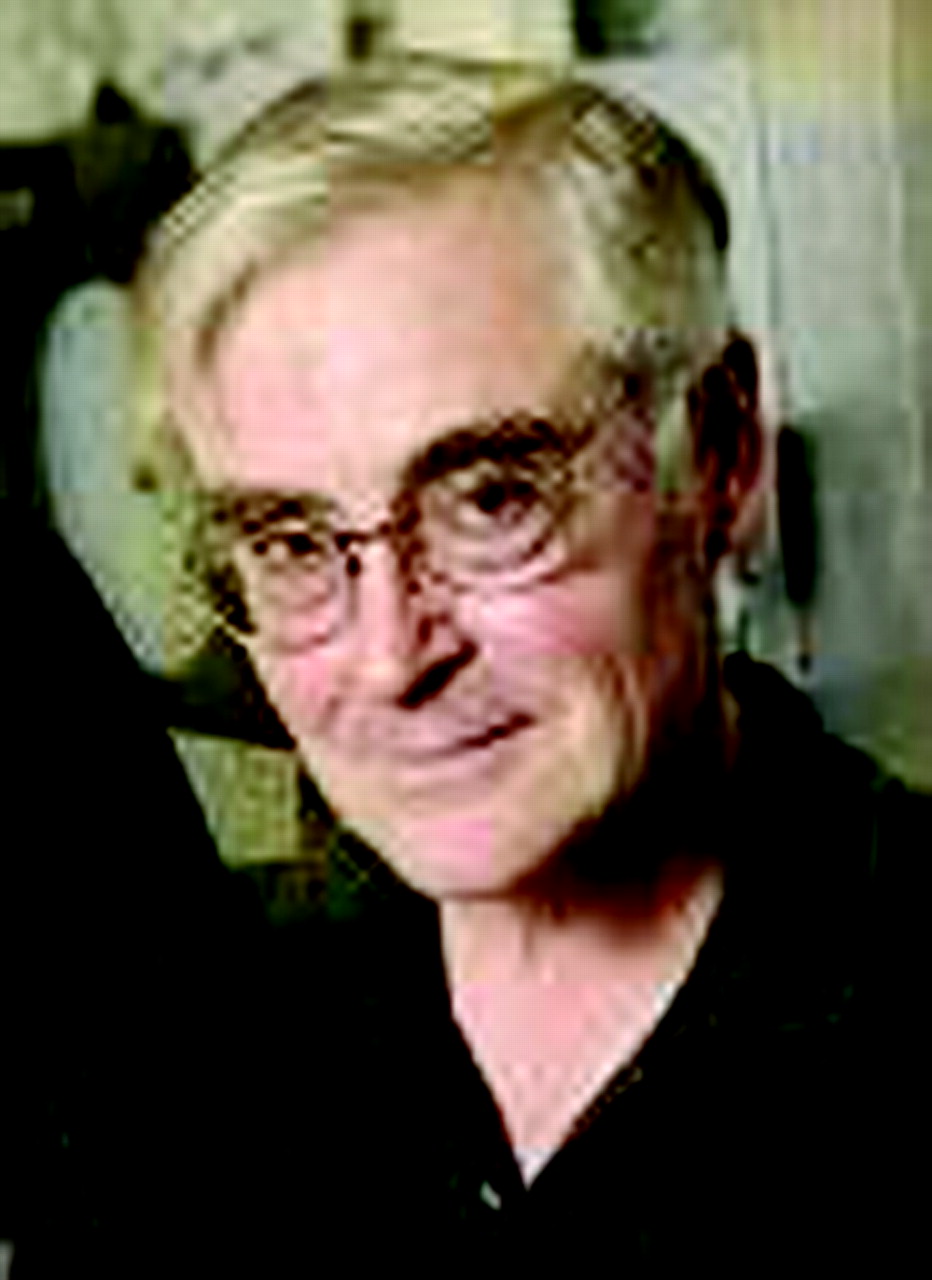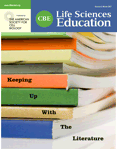H. Craig Heller
Abstract
Note from the Editor
Educator Highlights for CBE—Life Sciences Education show how professors at different kinds of institutions educate students in life sciences with inspiration and panache. If you have a particularly creative teaching portfolio yourself, or if you wish to nominate an inspiring colleague to be profiled, please e-mail Laura Hoopes at lhoopes@pomona.
H. Craig Heller, Professor of Biological Sciences (in Humanities and Sciences), Stanford University, Stanford, CA
LH: Can you tell me about a particularly interesting course you've taught at Stanford?
Heller: I teach a freshman seminar called “Exercise Physiology.” Stanford offers small group classes that encourage student participation and counterbalance the large introductory lecture courses that freshmen always have to take. I organized one on exercise physiology. What is unique about this course is that in laboratory, the students do experiments on each other. One afternoon a week the students lead the discussions based on a textbook. I provide background as needed for them to understand the book. Two other afternoons, pairs of students collect data on each other. One afternoon one student is the experimenter and the other the subject and the other afternoon, they switch roles. They record their data and compare it with data collected by the other pairs. By the end of the course, they have a substantial data set to analyze and interpret together.
LH: What did you particularly like about the course?
Heller: The students thought it was a great experience. They got their hands dirty doing experiments and learned how to handle data. They all got to present and lead discussions; it was very interactive. They did good work and learned physiology; they enjoyed working in lab. The lab experience also showed them the relevance of doing things they might not have thought interesting, such as calibrating equipment and learning statistical analysis techniques.
On another note, I've been excited about a different educational project.1 It's a human biology outreach program for middle school grades. I've worked to develop and field-test curriculum for these pre-high school students nationwide. All of this curriculum focuses on the human, and mostly on the adolescent. It involves lots of hands-on work, group activities, and interdisciplinary learning. The biology is complemented by work in the language arts, math, social sciences, and other natural sciences. We've had very positive responses. These materials really stimulate the interest of the students and inspire teachers to do very creative teaching.
LH: Have any of your undergraduate students been involved in this project?
Heller: Yes, we couldn't have done it without them. They helped us run summer institutes for test site teachers. They worked with local teachers in middle schools to help develop the curriculum—especially the activities—and they designed the original art work we used.
LH: Did any of them decide to go into teaching?
Heller: Yes, several of them did become teachers. It was a great start for them.
LH: Would you say that teaching your exercise physiology seminar or teaching the middle school faculty was the most exciting teaching experience you can remember?
Heller: I enjoyed both of them. But the best is working with individual students in honors research projects; the one-on-one part can't be beat. And well over 50% of our undergraduates get to do independent research. If you mean typical lecture course involvement, I am always excited by involvement in our core course on neurobiology and physiology in the human biology program.
LH: Could you explain the structure of the human biology program?
Heller: It's one of the most popular majors at Stanford, and very interdisciplinary. I've been involved for years, but this major was started several years before I came to Stanford. One of the students from its first year and several graduates who have served as teaching assistants over the years are now involved in the program as professors. Their undergraduate experience meant so much to them, that they are eager to contribute even though their professional obligations might be in the School of Medicine. Our rationale is to combine the biological sciences with the human behavioral sciences. Many of people's problems and opportunities have their roots in biology, but to solve these problems or seize these opportunities, we have to understand human behavior. The program begins with a year-long series of three pairs of core courses—one in biology and one in behavioral sciences or policy each quarter. We try to have lots of cross-talk between the courses. It's challenging, an interesting way to teach. Faculty in different departments find areas of common interest, but their approaches are utterly different. There are often in-class debates between faculty. The classes are large, but the students are vocal and ask lots of questions; it's very interactive. The major is life-changing—it can set what students are interested in for the rest of their lives. And it gives them the tools to make headway against very intractable problems.
LH: I know you write and keep updating a popular textbook. Any comments about that experience?
Heller: Writing Life: The Science of Biology is something I really enjoy because we have to distill to the essence of biology. We really want to give the student some idea of what it is like to discover new biological information through research.
It's always easy to find new things to add to the book, but very hard to decide what to delete to make space. Texts can't just keep growing, so hard choices are involved. After you've selected material, it's lots of fun to work with the artist to show the fourth dimension of biology, process through time, to make the figures effective teaching tools.
Recently I've been developing virtual labs also. At Stanford, students crave hands-on work, but we don't have the facilities or resources to offer laboratory work with all of our courses. For physiology, I've led a project to develop interactive computer units that simulate processes.
LH: Are they just practice aids or can the students simulate experiments?
Heller: They're interactive and enable students to manipulate variables and see how processes change. They also go beyond what we could do in the laboratory by investigating human physiology and pathology. For example, students can lesion the cranial nerves and diagnose virtual patients with such lesions. They couldn't do that in lab!
LH: No, they couldn't! Thanks for telling CBE-LSE readers your thoughts about education, Craig.
FOOTNOTES
1 Heller, C. H., and Kiely, M. (1997). HUMBIO: Stanford University's human biology curriculum for the middle grades. In: Preparing Adolescents for the Twenty-First Century, eds. R. Takanishi and D. Hamburg, Cambridge, U.K.: Cambridge University Press.



